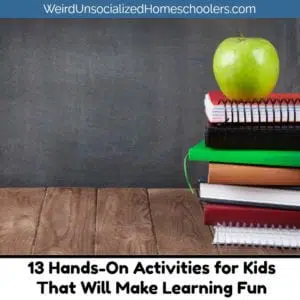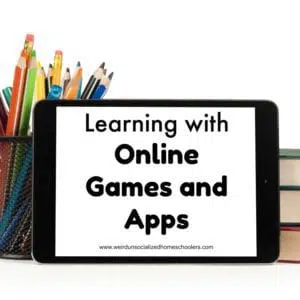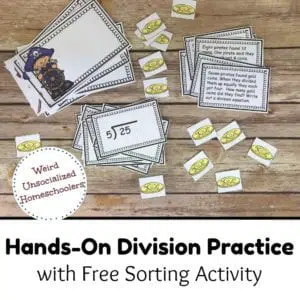8 Creative, Simple Ways to Homeschool with LEGO
Are you homeschooling LEGO fans? Get them excited about a LEGO homeschool with these creative ways to use LEGO bricks in your homeschool lessons.
LEGO bricks are seriously awesome toys. They encourage creative thinking and problem solving, and they keep my 7-year-old entertained for hours on end. Sure, they hurt like crazy when you step on them, but late-night LEGO landmines aside, they’re well worth keeping around.
Do your kids love LEGO too? If so, you’ll love these ideas for incorporating these nifty little toys into your homeschool. After all, the kids are more willing to sit still for a bit when lessons involve one of their favorite playthings. Capitalize on that fact!
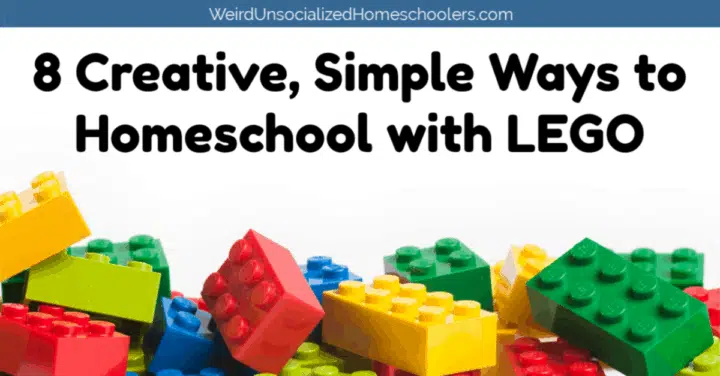
Try these eight creative, simple ways to homeschool with LEGO and make school a little more colorful and engaging for everyone.
1. Learning Letters and Numbers
Little ones who are still learning letter and number recognition may lack the coordination to write with pencil and paper. This can be frustrating for a parent who is eager to see their kids learn these basics.
While I would never encourage you to push writing before your child is ready, there are other ways to help them learn their letters and numbers. One great way is with LEGO blocks.
Your kids can learn how to build the alphabet using LEGO and numbers from 0–9.
2. Counting
Counting is another vital skill for young learners to master. Children learn to count best by using manipulatives, and LEGO bricks fit the bill perfectly. Kids can stack them, color-code them, and line them up, making them ideal practice tools for fidgety fingers.
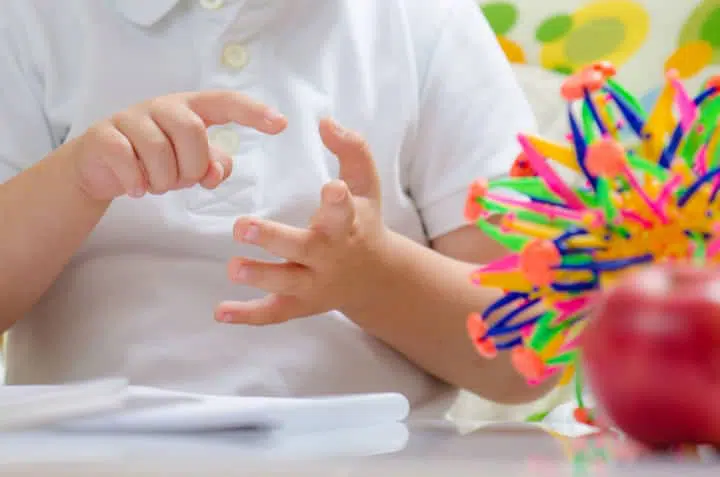
3. Simple Math
In addition to counting, LEGO can also help you teach simple math facts. Use the bricks as manipulatives to demonstrate addition and subtraction to make it easy for a young student to understand.
Once your student masters addition and subtraction, try moving on to simple multiplication and division to make sure your child understands the concepts before memorizing facts.
4. Patterns
Thanks to their stackability and a wide variety of shapes, sizes, and colors, these blocks are ideal for teaching lessons on patterns. Give your child a few examples then watch as they have a blast stacking patterns of their own.
5. Multiplication Tables
Once kids understand the basic concept of multiplication, you may want to move on to memorizing multiplication tables. One great way to do this is to break out the DUPLO blocks.
Using a Sharpie, write each equation of the 2’s times table on the sides of the rectangular blocks, with the corresponding answers on the sides of square blocks. Mix the solutions and have your child stack each equation with the correct answer.
Once they’ve mastered the 2’s times table, add the 3’s. Continue adding multiplication facts until your child has memorized them all.
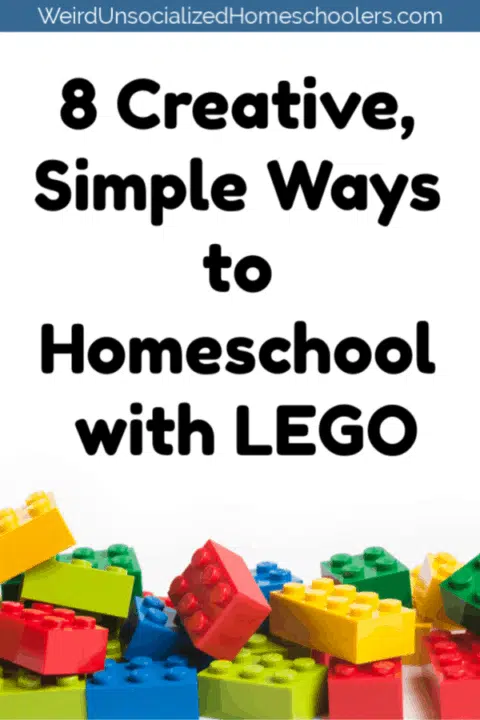
6. Fractions
LEGO steps in once again when you get to fractions. If you look at a typical rectangular brick, you’ll notice it has 8 bumps. Meanwhile, a square block has 4 bumps and is exactly half of the rectangle. There is a smaller rectangle with only 6 bumps that represents the ¾ fraction, a small 2-bump block that represents ¼, and even a 1-bump brick that represents ⅛.
Using these blocks to demonstrate how the fractions come together to build a whole can really help your student understand the concept of fractions.
7. Story Narration
Because you can create absolutely anything using LEGOs, they are an excellent tool for story narration. Have your child build models to take photos, and then make a book or stop-motion film to practice their storytelling skills. Another idea is to give your kids blocks during read-aloud time and ask them to build a model of a scene in the story.
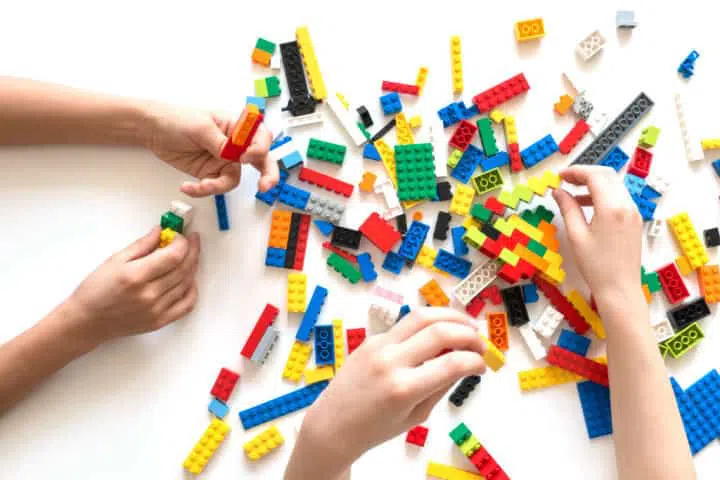
8. Model Building
Finally, don’t forget how useful LEGO bricks are for building models. Use them for science by building models of a cell, doing a LEGO bridge project, or trying projects in such as those in the LEGO Chain Reactions. It can also be great for building and learning about landmarks around the world.
As you can probably tell, I love LEGO almost as much as my son does. I also love activities and projects that have the potential to add tons of fun to our homeschool day – even the ones that might leave me hopping around on one foot after dark.
Do you have LEGO fans? How have you used the bricks into your homeschool?



